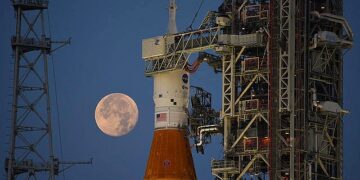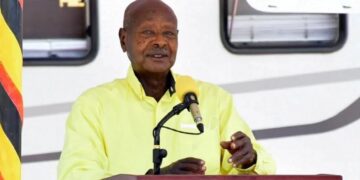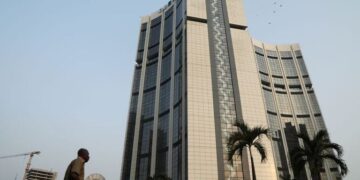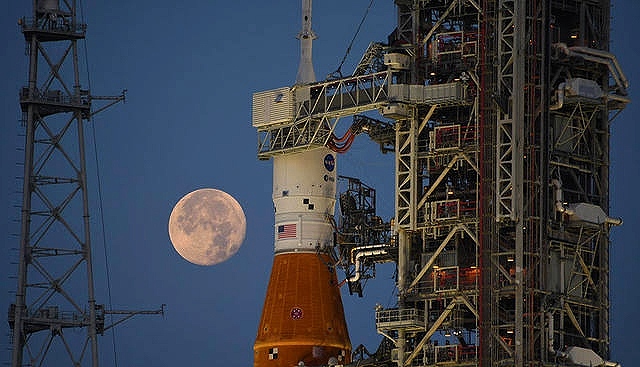By John Ikani
Countdown has begun for the maiden launch of the most powerful space rocket ever to leave Earth in a mission dubbed Artemis 1.
The rocket is set to launch no earlier than 8:33 a.m. ET Monday morning from Florida space coast with a two-hour launch window.
Atop the rocket sits Orion, the spacecraft that will eventually take astronauts to the moon.
The mission is a critical test of several things: how Space Launch System (SLS) performs; how Orion performs; and how its heat shield holds up upon re-entry after travelling to the moon and coming in at extremely high speeds.
Orion is uncrewed, an instrumented, spacesuited mannequin, “Moonikin Campos,” and two artificial female torsos will help scientists measure the radiation environment of deep space, along with the vibrations, sound levels, accelerations, temperatures and pressures in the crew cabin throughout the mission.
There’s also a Snoopy soft toy that will float around the capsule as a zero gravity indicator.
All of this is to pave way for Artemis II — scheduled for 2024 or 2025 — when four astronauts, including a Canadian, will orbit the moon.
Monday’s scheduled test flight, which has a two-hour launch window and will last 42 days on a 1.3m-mile odyssey to 40,000 miles beyond the far side of the moon and back, includes two close fly-bys 62 miles above the lunar surface.
A successful mission would propel NASA closer to its goal of sending two astronauts, including the first woman, for landing at the moon’s south pole by the end of 2025, while up to two others remain in lunar orbit in a command module.
An interim second test flight, Artemis II, is scheduled for May 2024, carrying a crew of four to the moon and back, although not landing, and sending humans beyond low Earth orbit for the first time since Apollo 17 in December 1972.
“This is now the Artemis generation. We were in the Apollo generation. This is a new generation. This is a new type of astronaut,” Bill Nelson, the Nasa administrator and a former space shuttle astronaut, told a press briefing earlier this month.
Noting the symbolism in the programme’s name – in Greek mythology Artemis is the twin sister of Apollo – he added: “To all of us who gaze up at the moon, dreaming of the day humankind returns to the lunar surface … folks, we’re here.”
Unlike the Apollo missions, this is an international effort. The European Space Agency has provided a service module for the Artemis program, and Canada is providing Canadarm 3 to the Lunar Gateway, a space station that will orbit the moon and serve as an outpost, a kind of jumping-off point for astronauts travelling to the moon or Mars.
“There’s a big, big universe to explore. And this is just the next step in that exploration. And this time we go with our international partners,” said Nelson.


































